Hard-paste porcelain, cobalt ground, hand-painted, highlighted with gold paste.
Signed by the painter "Lefranc". On the reverse — an underglaze blue mark in the form of crossed lines with the letter S.
France, Parisian private workshops, circa 1880–1900.
Dimensions:
height 23 cm, width 34 cm.
Condition: excellent.
General Description:
Oval hard-paste porcelain centerpiece with a cobalt blue ground, richly mounted in finely chased gilt bronze. Made in the tradition of late 19th-century French production in the Sèvres style, the piece combines a painted porcelain bowl with a Louis XVI style gilt bronze base. It was intended to adorn a reception table or a state piece of furniture.
Marks and Authenticity:
On the reverse of the bowl is an underglaze blue painted mark, composed of crossed lines and the letter "S". This mark does not belong to the Sèvres National Porcelain Manufactory, whose stamping and dating systems are strictly codified. It corresponds to a private workshop active at the end of the 19th century, producing works in the Sèvres style. The painted scene is signed "Lefranc," a signature frequently found on decorative pieces of this period. It refers to a painter-decorator working in a Parisian or Limousin workshop, although his precise biographical identity cannot be established.
Decoration and Style:
The piece is an oval hard-paste porcelain bowl with a cobalt blue ground, richly framed in finely chased gilt bronze. The side handles, uprights, and tripod base are designed in an ornamental style inspired by the Louis XVI style: ribbons, vegetal garlands, acanthus leaves, and symmetrical scrolls. The painted decoration includes a central medallion depicting a gallant scene with a female figure and Cupid, rendered in a soft, luminous palette characteristic of Belle Époque Neo-Rococo compositions. Highlights of matte and burnished gold accentuate the reserves, garlands, and borders.
Dating and Historical Context:
The stylistic features—cobalt ground, figurative medallions, finely applied gold, and high-quality gilt bronze mounts—place the object within French production of the 1880s–1900s, a period marked by a renewed interest in 18th-century aesthetics. Parisian and Limoges workshops produced numerous decorative pieces inspired by Sèvres models, responding to the demand of a bourgeois and international clientele captivated by historical luxury.
This centerpiece perfectly illustrates this Sèvres-style aesthetic, where technical virtuosity and decorative effect are closely intertwined.
Condition:
The piece is in excellent condition. The bronze gilding retains its original luster and grain, without significant wear. The porcelain shows no visible cracks or restorations. The gold highlights and painted areas are crisp and well-preserved. The metal mount is stable, and the fixings conform to late 19th-century techniques.
Final Assessment:
This centerpiece is a characteristic and expressive example of French decorative arts of the Belle Époque, where the craftsmanship of private porcelain workshops rivaled the traditions of Sèvres. Such pieces are prized as testaments to the aesthetic ideals of the late 19th century and as striking decorative accents, capable of lending an interior historical depth and subtle elegance.
Ref: 5026












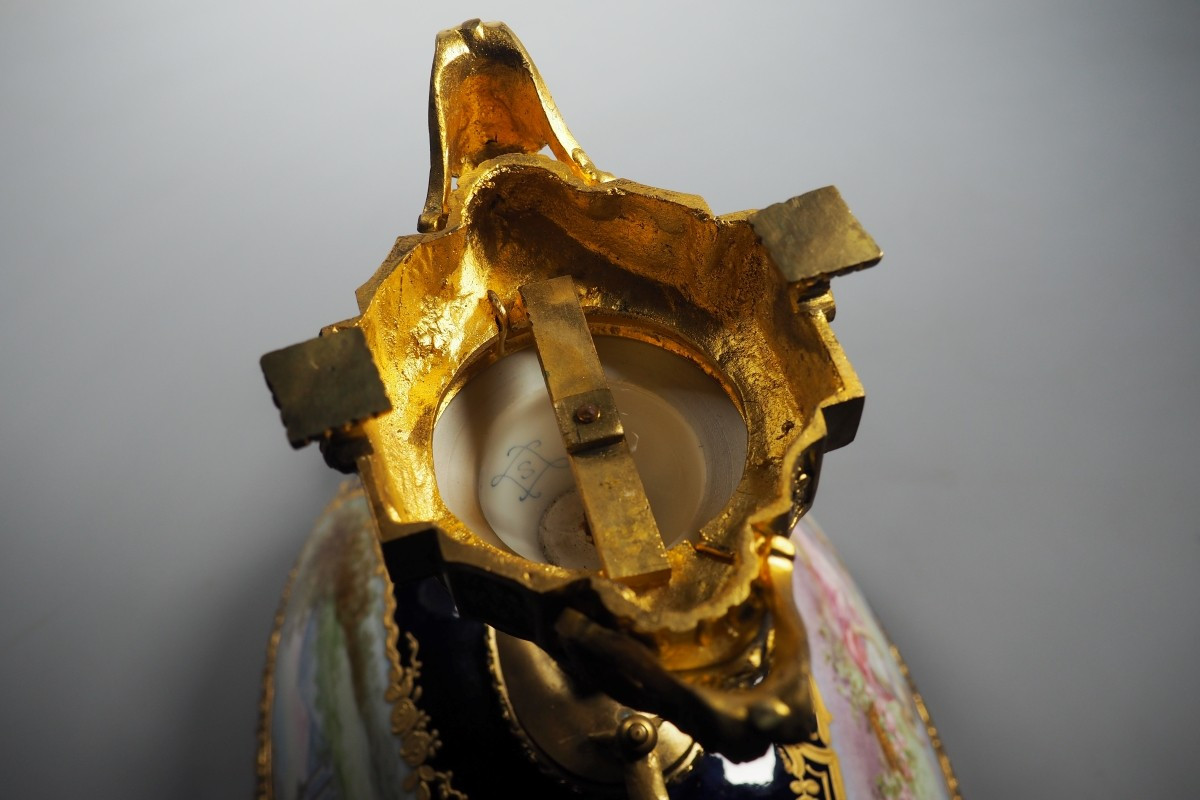















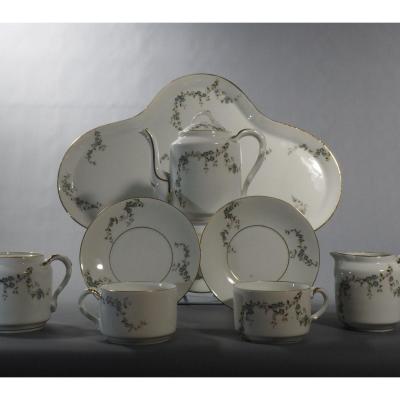




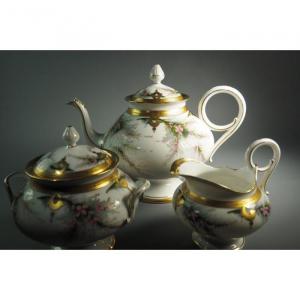

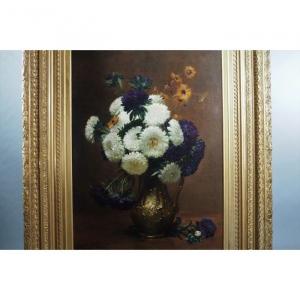
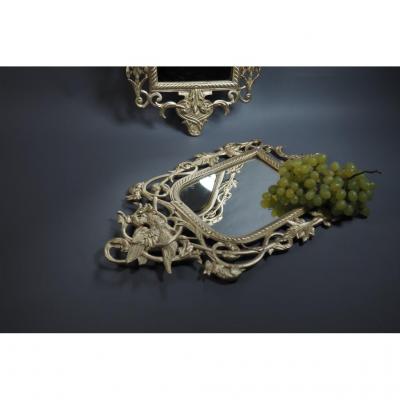
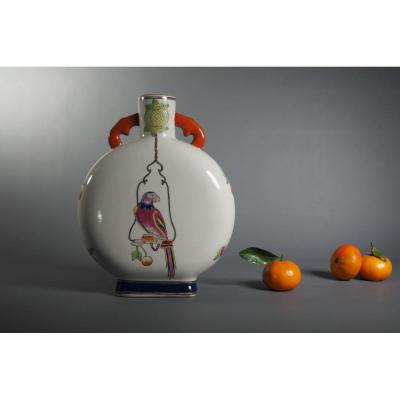

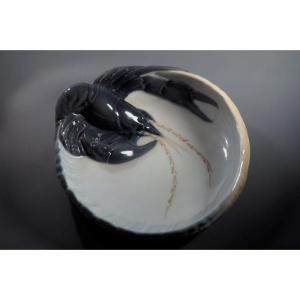



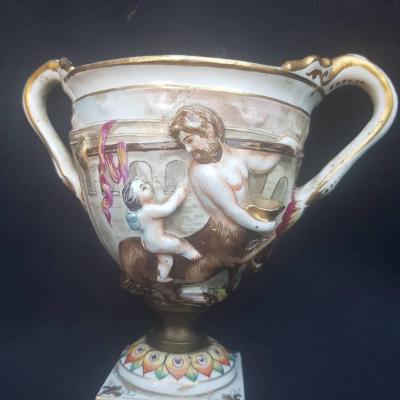






 Le Magazine de PROANTIC
Le Magazine de PROANTIC TRÉSORS Magazine
TRÉSORS Magazine Rivista Artiquariato
Rivista Artiquariato